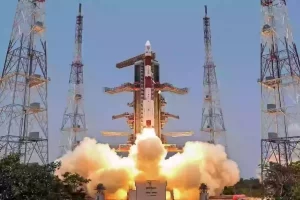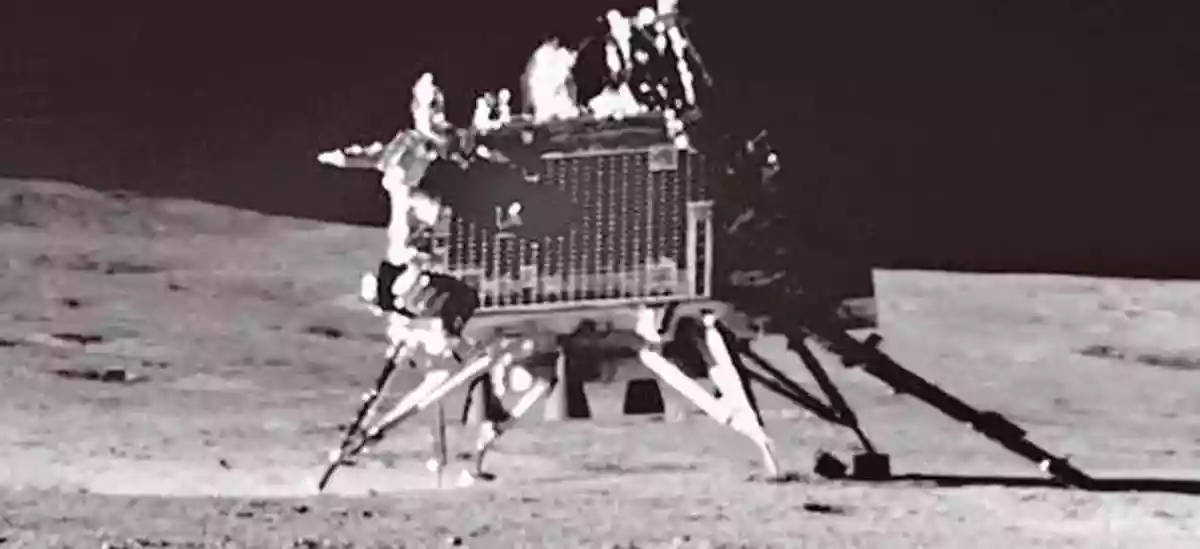ISRO’s Triumph with Chandrayaan-3: Just the Start of a Stellar Journey

ISRO’s Success with Chandrayaan-3 Marks the Dawn of a Remarkable Journey
A Pivotal 19 Minutes on the Moon’s Surface
In a groundbreaking achievement, India’s Chandrayaan-3 successfully landed the Vikram lander on the moon’s near side. The intricate landing sequence marked a historic moment for the Indian Space Research Organisation (ISRO).
The Triumph of Precision and Hard Work
On August 23, at 5:44 PM IST, Vikram initiated the Automatic Landing Sequence (ALS) from 30 kilometers above the moon’s surface. The entire mission was the culmination of meticulous planning, dedication, and technical prowess. It involved four stages: rough braking, altitude-hold, fine braking, and terminal descent.
Pragyan Rover’s Exploration Begins
Once Vikram landed, it was time to deploy Pragyan, the rover. The controlled release took place around midnight. Pragyan, equipped with six aluminum wheels, began its slow journey on the lunar surface.
The Lunar Day Advantage
Scientists anticipate 14 exciting days of exploration ahead. During this time, Pragyan will take advantage of sunlight for energy. However, as the lunar night approaches, with temperatures plummeting to -150 degrees Celsius, Pragyan will enter hibernation mode. Afterward, ISRO may attempt to reactivate it once the sun shines again.
Tackling the Technological Challenge
Vikram’s successful landing was a formidable challenge due to the need to reduce its orbital velocity to zero. In just 19 minutes, it covered a 750-kilometer arc from 30 kilometers above the moon’s surface. The achievement was a testament to the ISRO’s innovative propulsion systems and precision.
Pragyan’s Scientific Endeavors
Pragyan wasted no time in beginning its scientific exploration. The rover’s advanced instruments, including Laser-Induced Breakdown Spectroscopy and Alpha Particle X-ray Spectrometer, collected valuable data about the moon’s surface composition. Pragyan’s navigation skills were evident when it successfully avoided obstacles and detected craters.
Chandrayaan-3’s Findings
Preliminary analyses indicate the presence of various elements on the lunar surface, including sulphur, aluminium, iron, calcium, chromium, and titanium. Additional measurements revealed manganese, silicon, and oxygen. Researchers are still investigating the presence of hydrogen.
Vikram’s Contributions
Vikram, along with its onboard instruments, is actively participating in scientific endeavors. The RAMBHA instrument studies the lunar atmosphere, ChaSTE examines the moon’s thermo-physical properties, and ILSA monitors lunar seismic activity.
The Significance of the Propulsion Module
The entire mission hinged on the critical propulsion module, which played a vital role in Chandrayaan-3’s journey to the moon. It was the workhorse that carried Vikram and Pragyan to lunar destiny.
Lessons from Previous Missions
ISRO’s journey to the moon involved learning from previous missions, Chandrayaan-1 and Chandrayaan-2. Chandrayaan-3 was well-prepared, with the aim of addressing past challenges and achieving its goals.
Exploring the Lunar South Pole

India’s choice to land on the moon’s south pole was based on several factors, including solar visibility, gentle slopes, and the potential presence of water ice. This strategic choice allowed for more favorable conditions for Vikram and Pragyan’s missions.
Aditya L-1 Mission
ISRO’s attention now turns to the Aditya L-1 spacecraft, which will continuously observe the sun from Lagrange point 1, offering valuable insights into solar phenomena.
Preparing for Gaganyaan
ISRO is making strides toward the Gaganyaan mission, which will carry Indian astronauts into space. A crew abort mission is planned, paving the way for a momentous journey into low-earth orbit.
A Historic Space Mission
ISRO’s successful Chandrayaan-3 mission marks a historic moment, setting the stage for more remarkable space exploration. The mission, marked by precision and dedication, has opened new doors for scientific discoveries.
conclusion
In conclusion, ISRO’s triumph with Chandrayaan-3 signifies the beginning of a remarkable journey into space exploration, providing invaluable insights into the lunar surface and beyond.
